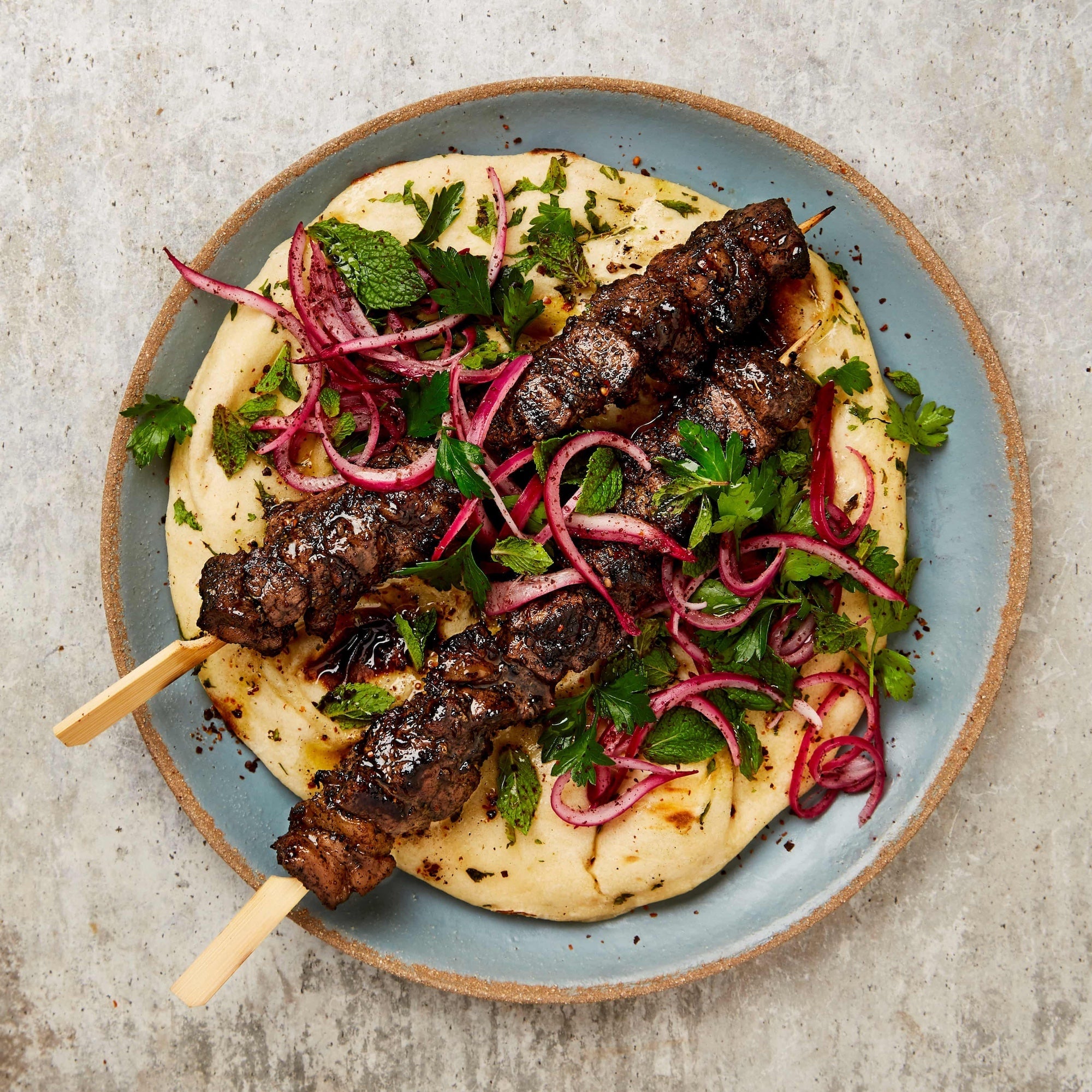Popular searches
Main menu
recipes menu
recipes
locations menu
locations
shop menu
shop
search
Popular searches
Sumac is a tiny, fuzzy fruit that's dried in the sun and then ground. It’s got the tang of a freshly squeezed lemon with floral, smoky notes.
When a dish requires a sour hit, the Western world tends to turn to lemon or vinegar – powerful, concentrated liquids. But in the Middle East, they turn to sumac. It’s not as bitter as lemon or as astringent as vinegar, but fruity and floral.



Growing in clusters on Sumac trees, these hairy ‘berries’ are a beloved member of the Anacardiaceae family. They have some pretty famous cousins like pistachios, cashews, mangoes and mastic.
Sumac is a bit of a nomad. Experts have narrowed their original home down to Sicily or Syria. It’s grown across the globe, from the Mediterranean to Africa to Asia, and even in New York’s Central Park.
While ancient Europe used it in medicine, and Greeks and Romans used it to dye clothes, it started being sprinkled over food throughout Europe from the Middle East in the second century. Sumac was adding citrus to our food before lemons, people!

When a dish requires a sour hit, the Western world tends to turn to lemon or vinegar. But the Middle East turns to sumac.
When you need the sharpness and freshness of citrus to cut through a rich dish, but you don't want any added liquid, give sumac a try.
Sami Tamimi says that “sumac is used to tenderise meat” thanks to an enzyme it contains.
Sumac is a key component of za’atar. Start with sumac, add thyme and marjoram to taste. We like to go heavy on the sumac.
With its sour tang, sumac can be used to add tartness to both sweet and savoury dairy-based dishes.


“Chef, what do you think is the best use of sumac?”
Jens told me about a brilliant sumac and strawberry jam he made recently. He finds the complex citrusy flavours of sumac work wonders with fruits.